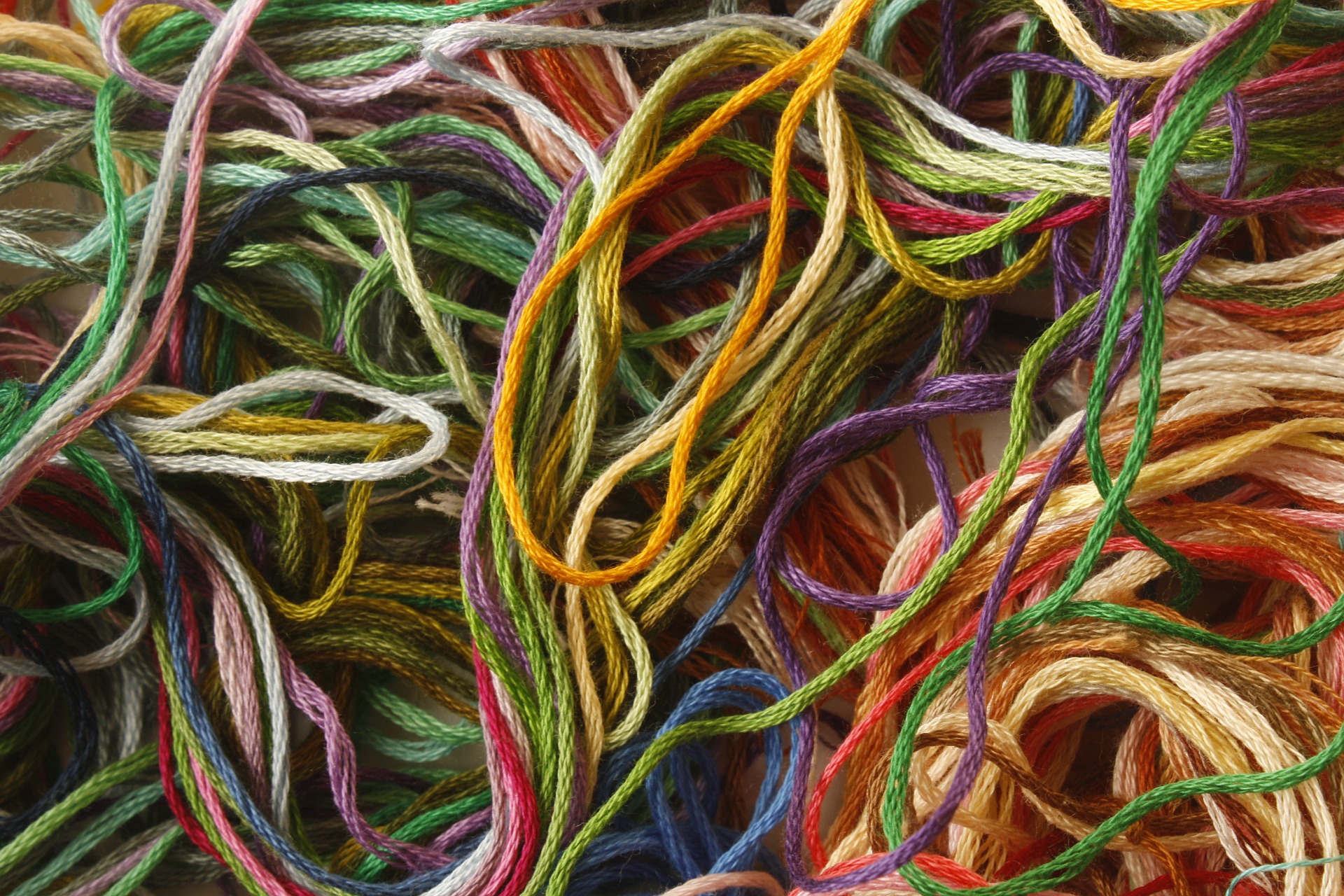Finger Knitting
/One recent afternoon, a large group of children started finger knitting. I asked the children what inspired their choice. They said, "we are experts at finger knitting." The children shared they enjoyed the knitting process and wanted to explore it again. I learned the interest in knitting started because a friend brought in some new yarn from home. The knitting work focused on creating long thin chains of yarn. The children said they were trying "to beat a world record." The children shared different methods of finger knitting. As they worked, the yarn chains grew longer and longer.
I was not aware a large group of children possessed an interest in finger knitting. We have yarn available in the program, but the children were not using it for finger knitting. My observation and being open to the children's ideas created an opportunity to collaborate and support their interest in finger knitting. This work created an opportunity for children who have never tried finger knitting to learn from others.
We looked up the current record holders since the children wanted to break the world knitting record. I discovered the finger knitting world record was 66,437 feet and took one year to complete by a group of 42 children from the Netherlands. In two years of work, the individual record holder, Sofie Myking Veseth of Norway, created 63,548 feet of yarn chain. The children thought those numbers were impressive and kept on knitting.
The children enjoyed the process of finger knitting. Sharing the world record gave energy to the work and the group. Children are more verbal when excited about a project, so socializing was a big part of finger knitting. The children shouted out ideas as they worked.
The next day, one child pulled a new skein of multicolored yarn from their backpack and started finger knitting. The child created three long red, brown, green, and gold yarn chains and set them aside. Next, the child tied them together and said, "This is my triple." The child invited three other children to grab one end of the triple and jointly pull the three yarn chains. The finger knitting was strong and did not pull apart during the test. When the test was complete, the child created new yarn chains and offered to teach others how to finger knit.
School-age children have goals and ideas they are working on that are not always shared with the educators. As I sat and watched the entire work session, I was not offered any insight into the knitting process. I could ask questions about "how" the children worked, but the "why" remained a mystery during the entire work session.
After watching other children work from afar, the oldest children in the classroom became interested in finger knitting. On day three of my observation, the older children started using most of their free time to knit. The older children experimented with different types and colors of yarn. One of the challenges for the older children was improving their knot-making skills so the finished work would stay together. At the same time, the older children became interested in creating a yarn ball. They discovered one yarn ball and became very interested in making one. The older children were using a traditional skein of yarn to knit. As they worked, the skein became a tangled mess. The older children realized a yarn ball would help keep the yarn from tangling. I showed them how to start a yarn ball and encouraged them to try it.
Children discover new ways to work and learn new skills during the learning journey. As the children become proficient in the initial skill they are trying to learn, they investigate the next phase more deeply. The children often face challenges during their work and become distracted by the problem. As educators, our role is to guide them past these bumps in the road by offering ideas and methods that encourage the work to move forward.
Soon after, finger knitting vanished into the unknown, but the story did not end. The children still finger knit. Every once in a while, I notice children sitting in the corner with a ball of colorful yarn. They are moving their fingers, talking, and creating long thin chains. Children's skills are always available in the learning community to create new possibilities and future work.


